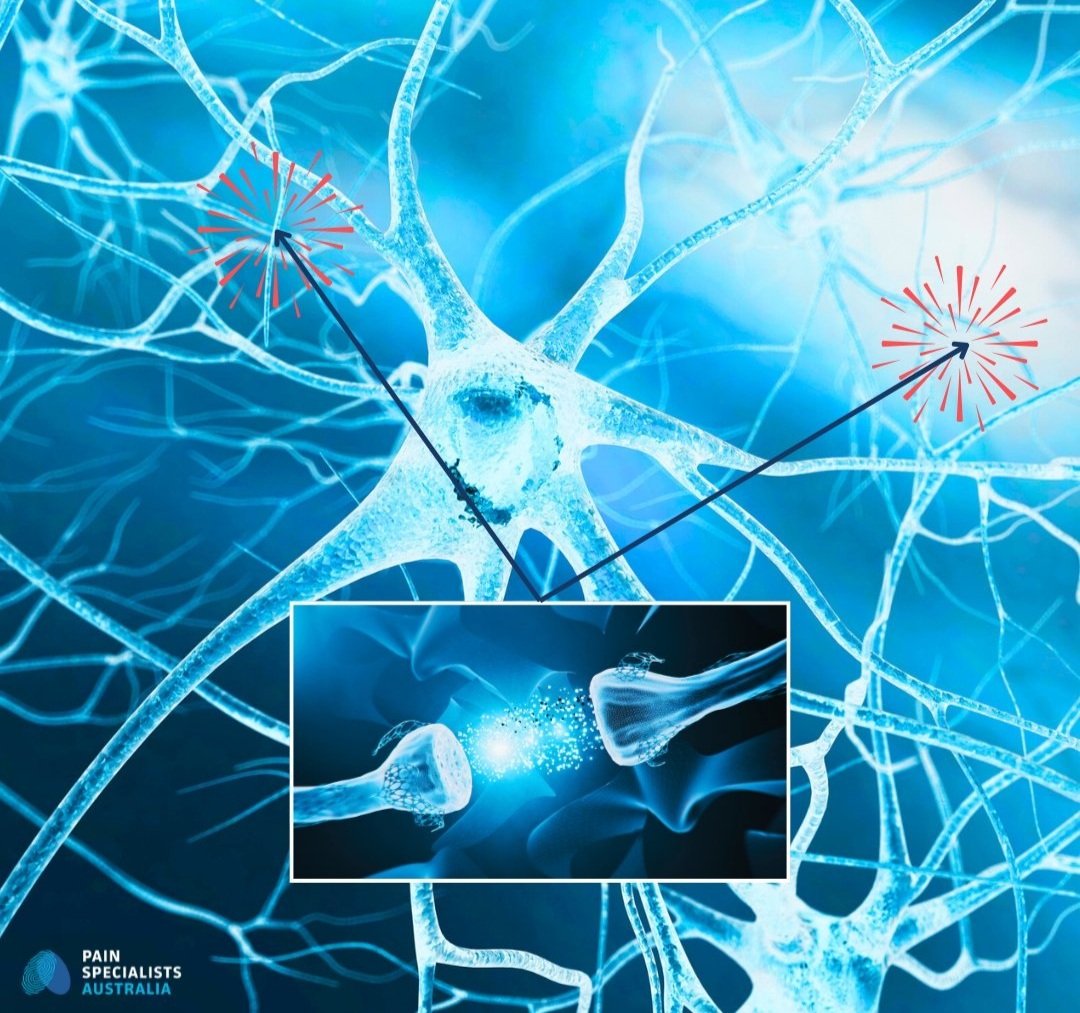Nerve pain is often linked to chronic inflammation. PEA may help reduce inflammation and support pain relief naturally
Understanding PEA for Neuropathic Pain Relief
Nerve pain, also known as neuropathic pain, is a debilitating condition affecting millions worldwide. Whether caused by diabetic neuropathy, sciatica, post-surgical nerve pain, or chronic inflammatory conditions, effective treatment options can be limited.
Palmitoylethanolamide (PEA) is gaining attention as a natural supplement for nerve pain relief. But does it really work? In this blog, we’ll explore how PEA interacts with the body, its benefits for chronic pain management, and whether it could be the right option for you.
What is Palmitoylethanolamide (PEA)?
PEA is a naturally occurring fatty acid that may help regulate pain and inflammation.
PEA is a naturally occurring fatty acid amide that plays a crucial role in reducing inflammation and regulating pain. It works by interacting with the endocannabinoid system, helping to calm overactive nerve signals associated with chronic pain. Unlike THC or CBD, PEA is non-psychoactive, making it a promising alternative for patients seeking natural pain relief without unwanted side effects.
Several studies suggest that PEA may help reduce neuropathic pain by targeting inflammation and supporting nerve regeneration.
How Does PEA Help with Nerve Pain?
PEA works by modulating the immune system and reducing inflammation at the cellular level. It specifically targets glial cells, which play a key role in the development of chronic pain and neuroinflammation. When these cells become overactive, they release inflammatory substances that worsen nerve pain. PEA helps calm this overactivity, reducing pain at its source.
Key Benefits of PEA for Neuropathic Pain:
Reduces inflammation: Helps regulate the immune response'
Supports nerve repair and protection
No major side effects: Safe for long-term use
Can be combined with other pain management therapies
Who Can Benefit from PEA?
Research suggests that PEA may be particularly helpful for people suffering from:
Diabetic neuropathy
Peripheral neuropathy
Sciatic nerve pain
Lower back nerve pain
Post-surgical nerve pain
Fibromyalgia
Multiple sclerosis (MS)-related nerve pain
Chronic inflammatory pain conditions
Trigeminal nerve pain
It can be used for nerve pain in different parts of the body, like nerve pain in feet, nerve pain in knees, nerve pain in the neck, arms and shoulders.
If you’ve been struggling with nerve pain that hasn’t responded well to conventional treatments, PEA may be worth discussing with a pain specialist.
How to Take PEA for Nerve Pain
PEA is available in capsule or powder form. Studies suggest a dosage of 300 mg to 1200 mg per day may be effective, but it’s always best to consult with a pain management specialist for personalised guidance.
Frequently Asked Questions (FAQ) About PEA and Nerve Pain
1. How long does it take for PEA to work?
Most patients report noticing improvements within 2 to 8 weeks of consistent use. However, results may vary depending on the severity of nerve pain and individual response.
2. Are there any side effects of taking PEA?
PEA is generally well-tolerated, with no serious side effects reported in clinical studies. Some people may experience mild digestive discomfort when first starting the supplement.
3. Can I take PEA with other pain medications?
Yes, PEA can be safely combined with other treatments, including CBD, NSAIDs, and prescription pain relievers. Always check with your doctor before making changes to your treatment plan.
4. Where can I buy PEA in Melbourne or Australia?
PEA supplements are available at compounding pharmacies, health stores, and online. If you’re considering PEA for neuropathic pain relief, look for high-quality, pharmaceutical-grade products.
5. Is PEA backed by research?
Yes. Multiple studies have examined its anti-inflammatory and neuroprotective effects, making it a promising option for chronic nerve pain management.
Final Thoughts
PEA is emerging as a natural, evidence-based supplement for nerve pain relief. While more research is needed to fully understand its long-term effects, many pain specialists and patients report promising results. If you’re struggling with neuropathy, chronic pain, or fibromyalgia, PEA could be a valuable addition to your pain management plan.
Looking for expert help? If you need guidance on managing nerve pain, contact a pain specialist in Melbourne to discuss the best treatment options for you.
References
Clayton P, Hill M, Bogoda N, Subah S, Venkatesh R. Palmitoylethanolamide: A Natural Compound for Health Management. Int J Mol Sci. 2021 May 18;22(10):5305. doi: 10.3390/ijms22105305. PMID: 34069940; PMCID: PMC8157570.
https://pubmed.ncbi.nlm.nih.gov/34069940/
Lang-Illievich K, Klivinyi C, Lasser C, Brenna CTA, Szilagyi IS, Bornemann-Cimenti H. Palmitoylethanolamide in the Treatment of Chronic Pain: A Systematic Review and Meta-Analysis of Double-Blind Randomized Controlled Trials. Nutrients. 2023 Mar 10;15(6):
https://pubmed.ncbi.nlm.nih.gov/36986081/
Artukoglu BB, Beyer C, Zuloff-Shani A, Brener E, Bloch MH. Efficacy of Palmitoylethanolamide for Pain: A Meta-Analysis. Pain Physician. 2017 Jul;20(5):353-362. PMID: 28727699.




